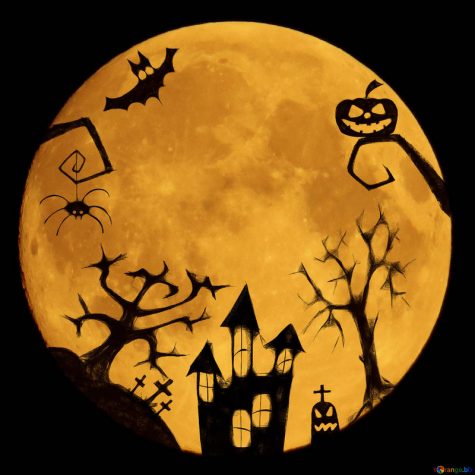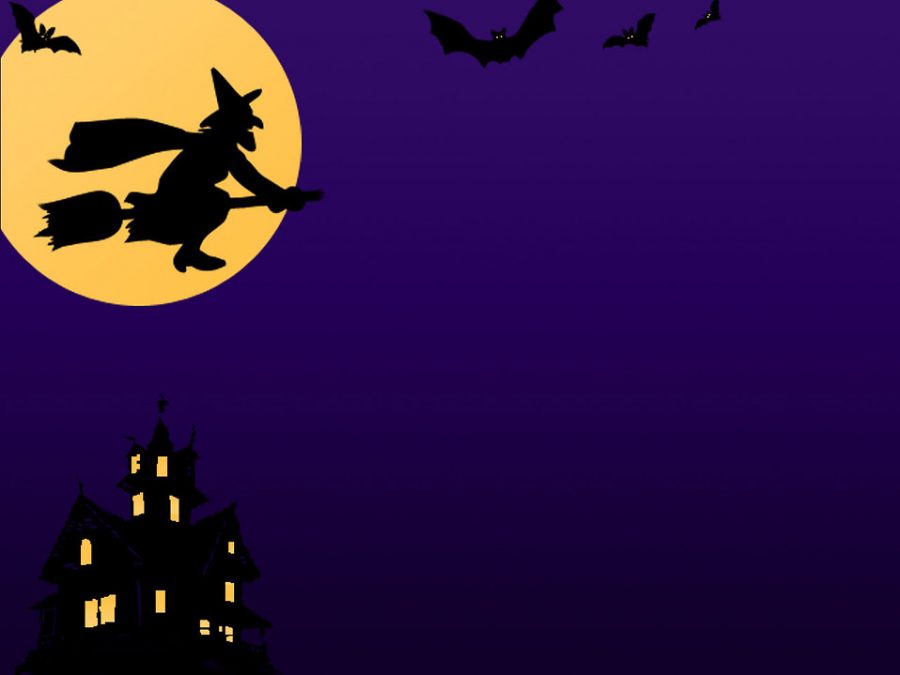The Origin of Halloween
October 22, 2018
When one thinks of Halloween, the first things that come to mind are horror, costumes, candy, etc. People dressing up and little kids munching on candy all night long. This is all one can think about, but what they don’t think about is how Halloween came to be.
Halloween originated about 2,000 years ago, to an ancient Celtic festival of Samhain, in the area that is now Ireland, The United Kingdom, and Northern France. The Celts celebrated their new year on November 1 since this day marked the end of Summer and the harvest. After this day, the cold and winter time began, which the Celts related death to.
They also believed that the day before the new year, October 31, the world of the living and the dead were able to combine, the boundary separating them disappears. Which is why they celebrated Samhain, since it was believed that the dead would be able to roam the earth like when they used to be alive. Huge sacred bonfires were built to commemorate this event, where people were able to burn crops and sacrifice animals. During the celebration, costumes made from animal heads and skins were worn.
All Saints day was celebrated as well, but in Rome on 609 A.D. and based off of Christianity. It was made to honor Christian martyrs which was very similar to to the Celtic festival of Samahin. It was later changed to All Soul’s Day, eventually is was referred to as All-Hallows Eve and finally, eventually it was called by the name we all know and love: Halloween.
Fun Fact: One quarter of all the candy sold annually in the U.S. is purchased for Halloween.

Information and facts courtesy of: www.History.com
Pictures Courtesy of: Google.com

